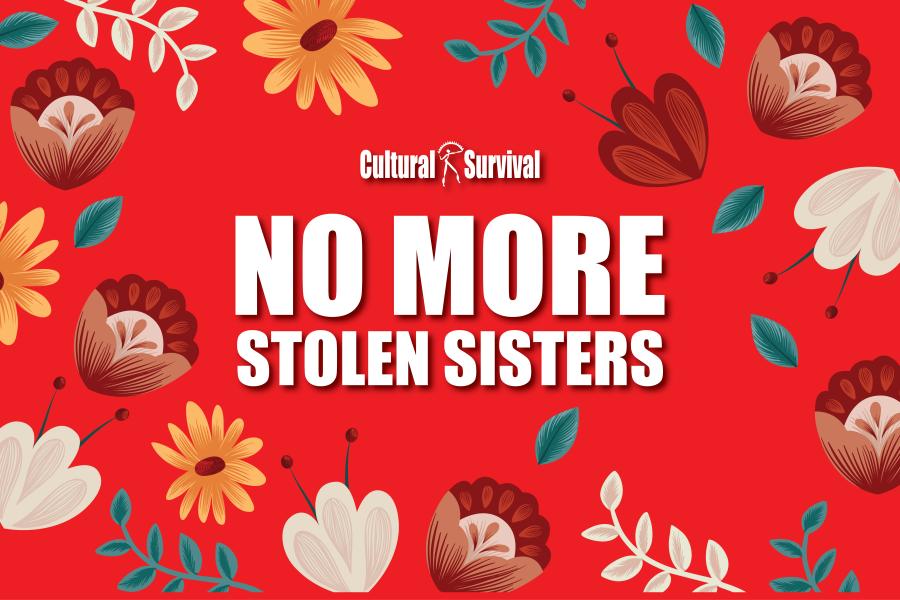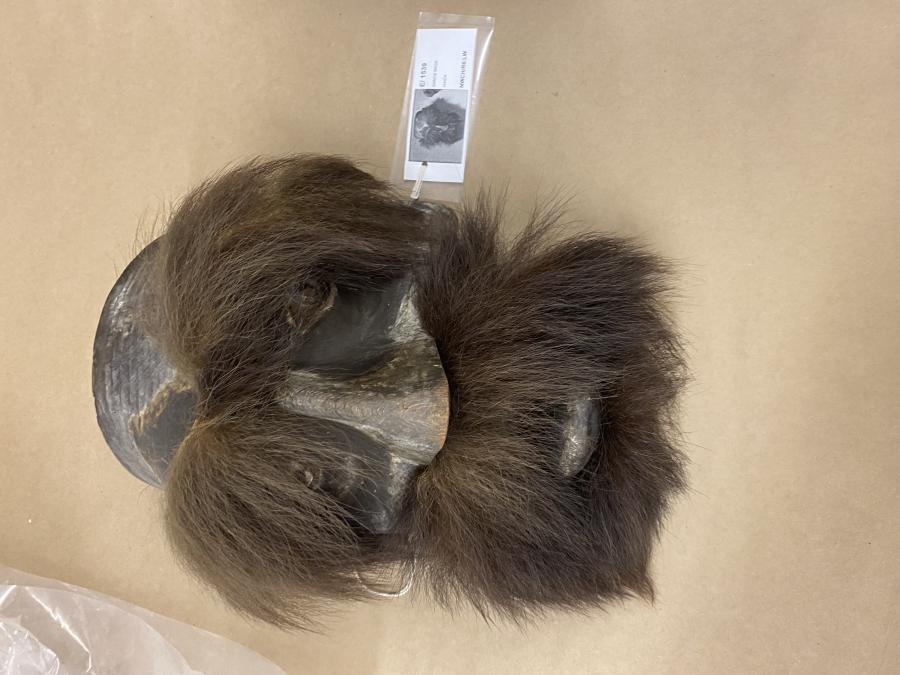Edited by Milton M. R. Freeman
Greenwood Publishing Group, 2000 (Cloth)
ISBN: 0313306494
Endangered Peoples of the Arctic is the second in the "Endangered People of the World" series published by Greenwood Press. It is a celebration of northern cultural diversity. Circumpolar in its coverage, the volume is geared for an undergraduate audience, with each article organized into five sections: cultural overview (people, setting, traditional subsistence practices, social and political organization, religion and world view); threats to survival; response-struggles to survive culturally; and "food for thought," which provides questions to structure class discussion. Each article provides a valuable resource guide featuring Web sites, publications, and videos relevant to each cultural group. The authors are mostly anthropologists and all have extensive field experience with the groups they overview.
As a whole the book clearly identifies some of the fundamental social, economic, and environmental challenges facing Arctic groups today. Most of the authors focus on recent changes within the era of colonial expansion into the north.
Not surprisingly, "subsistence" (defined in its most broad social, economic and ideological sense) was consistently cited as a core cultural element in the north and an element that is most under threat. Some of the key threats identified include: environmental degradation (contaminants, renewable and non-renewable resource development, overgrazing, deforestation, damming, low-level flying, highway development); animal rights activism; health issues (suicide, drug and alcohol abuse, violence); climate change (thinning ozone, unpredictable weather patterns, changing sea ice patterns); economic inequalities resulting from immigration; loss of traditional knowledge and language retention; and the overall social challenges people face in accommodating multiple worlds. Each author clearly identifies the tremendous resilience northern peoples have shown in the context of rapid social and economic changes.
Many of the groups overviewed take a proactive stance in asserting their political rights. Numerous groups within the borders of Canada and the United States, for instance, have settled major land claims agreements. Other groups -- those residing within the borders of the former Soviet Union, for example -- turn to the international arena when their concerns fall on deaf government ears. Many northern groups have organized themselves politically; more than 21 organizations have been formed in the last several decades. From the Association of Lesser Number People in the North to the Grand Council of Cree, it becomes clear throughout these case studies that groups will be given the best chance to succeed when they are given the power to decide for themselves their own destinies. Many groups are diversifying their economies in order to facilitate self-determination and economic autonomy. One of the biggest challenges for each culture will be finding ways to communicate its unique identity to younger generations.
The cultural overview portions of the text vary widely in content; some authors treat groups in a timeless sense, while others embed tradition within contemporary life. The cultural overview sections of the book might have been better conceptualized so that the dynamism of history -- both before and after colonization -- is more readily apparent. And because different groups confront many of the same challenges, the volume might have been organized more thematically. Endangered Peoples of the Arctic nevertheless represents a good introduction to the cultures of the Arctic, and to many of the contemporary challenges facing northern peoples.
Article copyright Cultural Survival, Inc.



